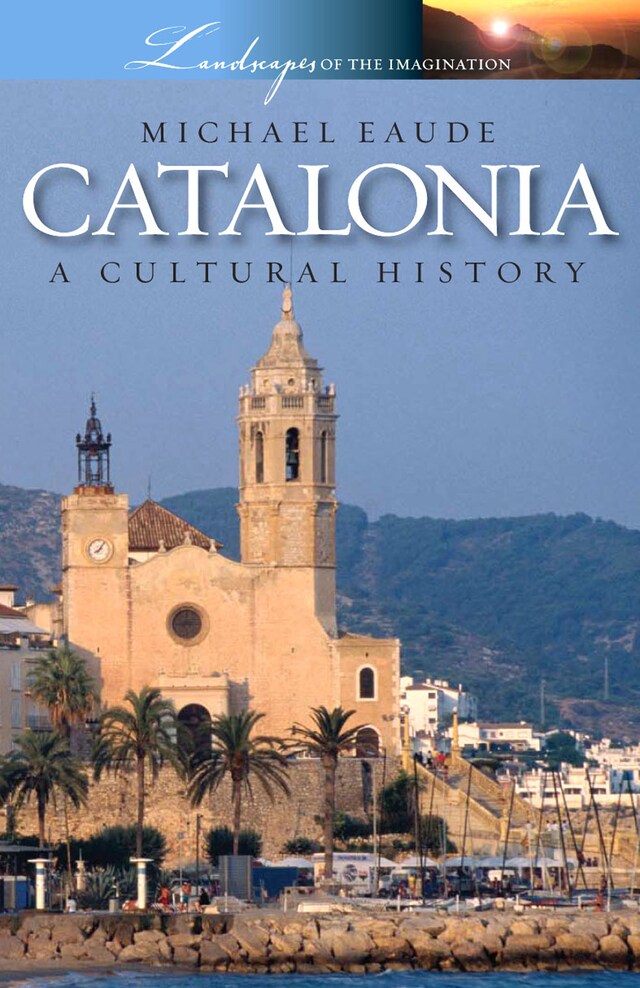
Catalonia - A Cultural History
Tietoa kirjasta
Squeezed between more powerful France and Spain, Catalonia has endured a violent history. Its medieval empire that conquered Naples, Sicily and Athens was crushed by Spain. Its geography, with the Pyrenees falling sharply to the rugged Costa Brava, is tormented, too.
Michael Eaude traces this history and its monuments: Roman Tarragona, celebrated by the poet Martial; Greek Empuries, lost for centuries beneath the sands; medieval Romanesque architecture in the Vall de Boi churches (a World Heritage Site) and Poblet and Santes Creus monasteries. He tells the stories of several of Catalonia’s great figures: Abbot Oliva, who brought Moorish learning to Europe, the ruthless mercenary, Roger de Flor, and Verdaguer, handsome poet-priest.
Catalonia is famous today for its twentieth-century art. This book focuses on the revolutionary Art Nouveau buildings (including the Sagrada Familia) of Antoni Gaudi. It also explores the region’s artistic legacy: the young Picasso painting Barcelona’s vibrant slums; Salvador Dali, inspired by the twisted rocks of Cap de Creus to paint his landscapes of the human mind; and Joan Miro, discovering the colours of the red earth at Montroig.
Muoto:
Kielet:
englanti


